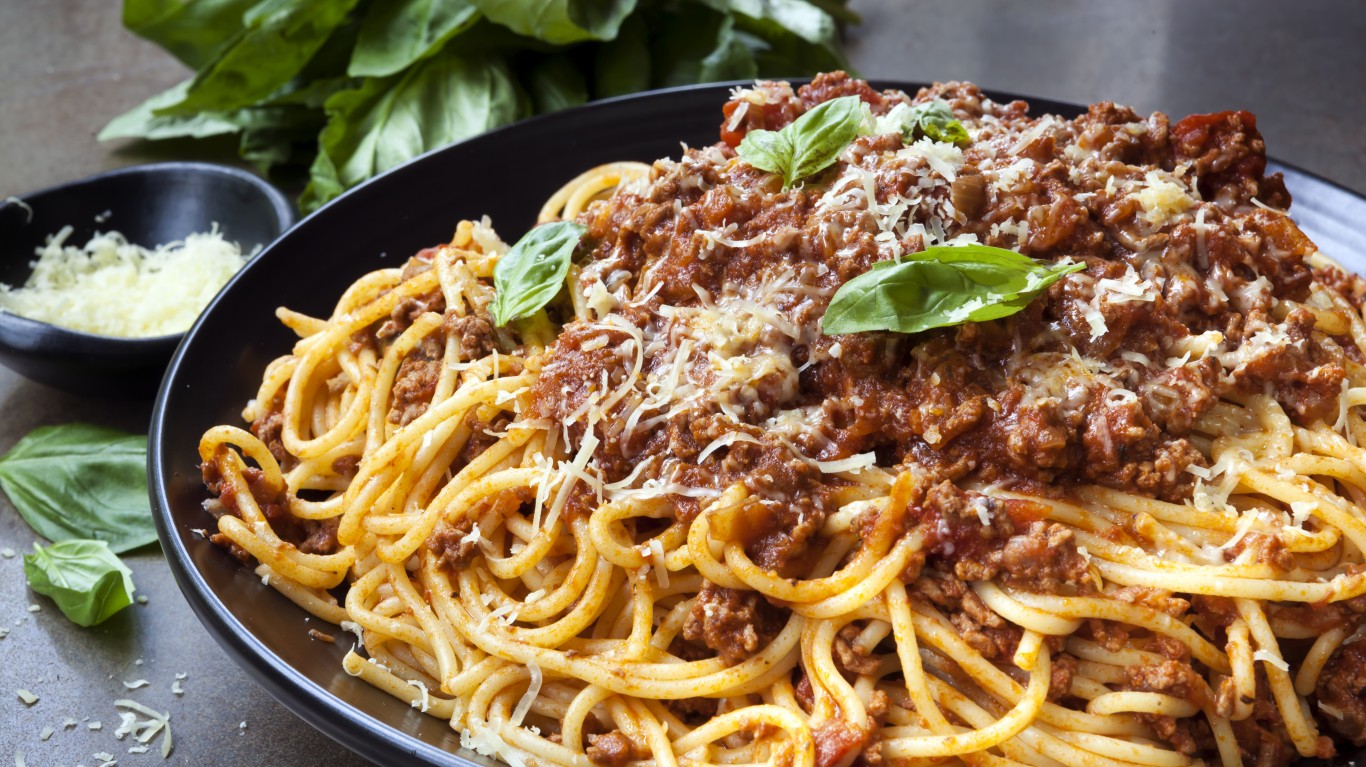
Americans love Italian food. Four of the top 20 most successful restaurant chains in the country are Italian (more or less) — Pizza Hut, Domino’s, Olive Garden, and Little Caesars. The international data and analytics group YouGov reports that Italian is our favorite “ethnic” cuisine, beating out Mexican and Chinese, in its analysis of America’s favorite foods from around the world.
But how much of the “Italian” food we eat is really Italian and not Italian-American or just plain made up by chefs or food companies with no Italian background at all? Quite a lot, as it turns out. Most diners probably realize that they won’t find pineapple on pizza in Italy, for instance, but might be surprised that pepperoni is unknown, too. In fact, ordering a pepperoni pizza in Italy will likely get you a pizza topped with peperoni — bell peppers. (There are quite a number of “foreign” foods that are really American.)
Spaghetti and meatballs isn’t found in Italy, either — at least not in anything approximating the way we find it here. Fettuccine Alfredo certainly does exist — it’s a classic of Roman cooking — but it isn’t made with cream, much less peas or ham or other extraneous ingredients.
Click here for 10 Italian dishes you won’t find in Italy
There’s nothing wrong with Italian-American cuisine, of course. It’s popular for a reason: It’s satisfying, comforting, delicious. And there’s nothing wrong with people inventing new dishes based on Italian ideas. But as the quest for authenticity in food becomes ever more popular, it’s good to know where some of our “Italian” favorites actually come from.
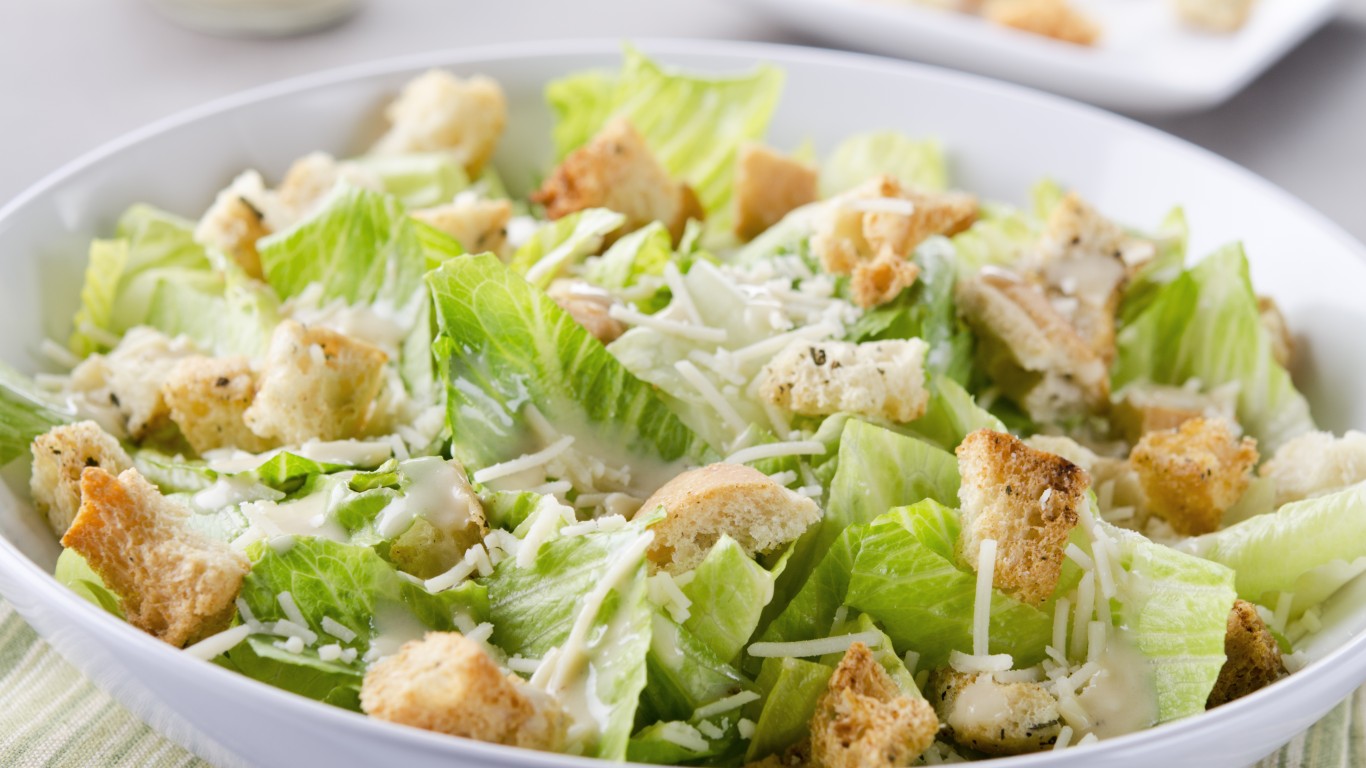
Caesar salad
This classic appears on Italian restaurants all over the world, but it was invented by an Italian chef in Tijuana, Mexico, probably in 1924.
[in-text-ad]

Chicken parm
This popular dish, often served in sandwich form, originated with Italian-American immigrants in the northeastern U.S., probably in the 1950s.
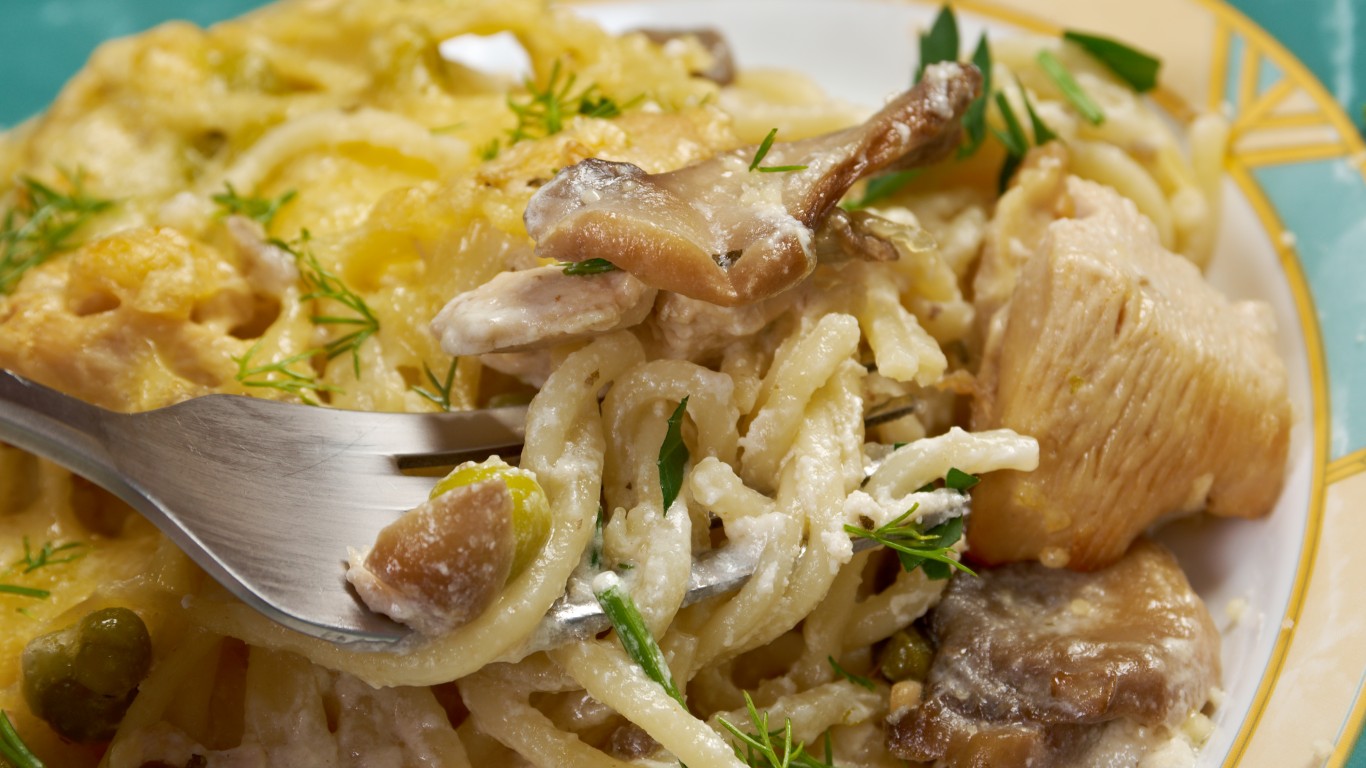
Chicken Tetrazzini
Something of a fad dish around the country in the 1950s and ’60s, this concoction of diced chicken in cream sauce (sometimes canned cream of mushroom soup) over pasta was created by the chef mat San Francisco’s Palace Hotel around 1910 in honor of the Italian soprano Luisa Tetrazzini.
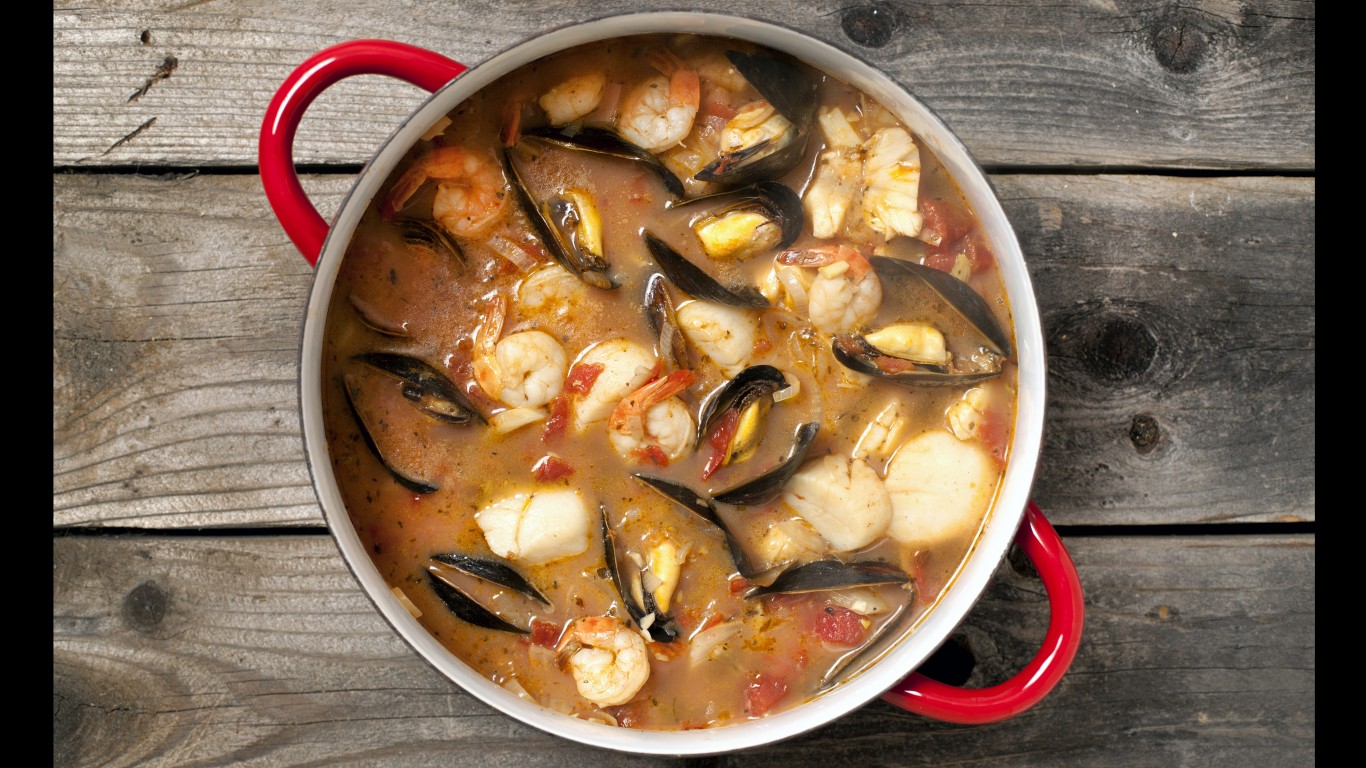
Cioppino
Much of San Francisco’s Italian community came from Liguria, where a pureed fish soup called ciuppin is made. They borrowed the name when they started making this stew full of varied seafood around Fisherman’s Wharf in the late 1800s.
[in-text-ad-2]
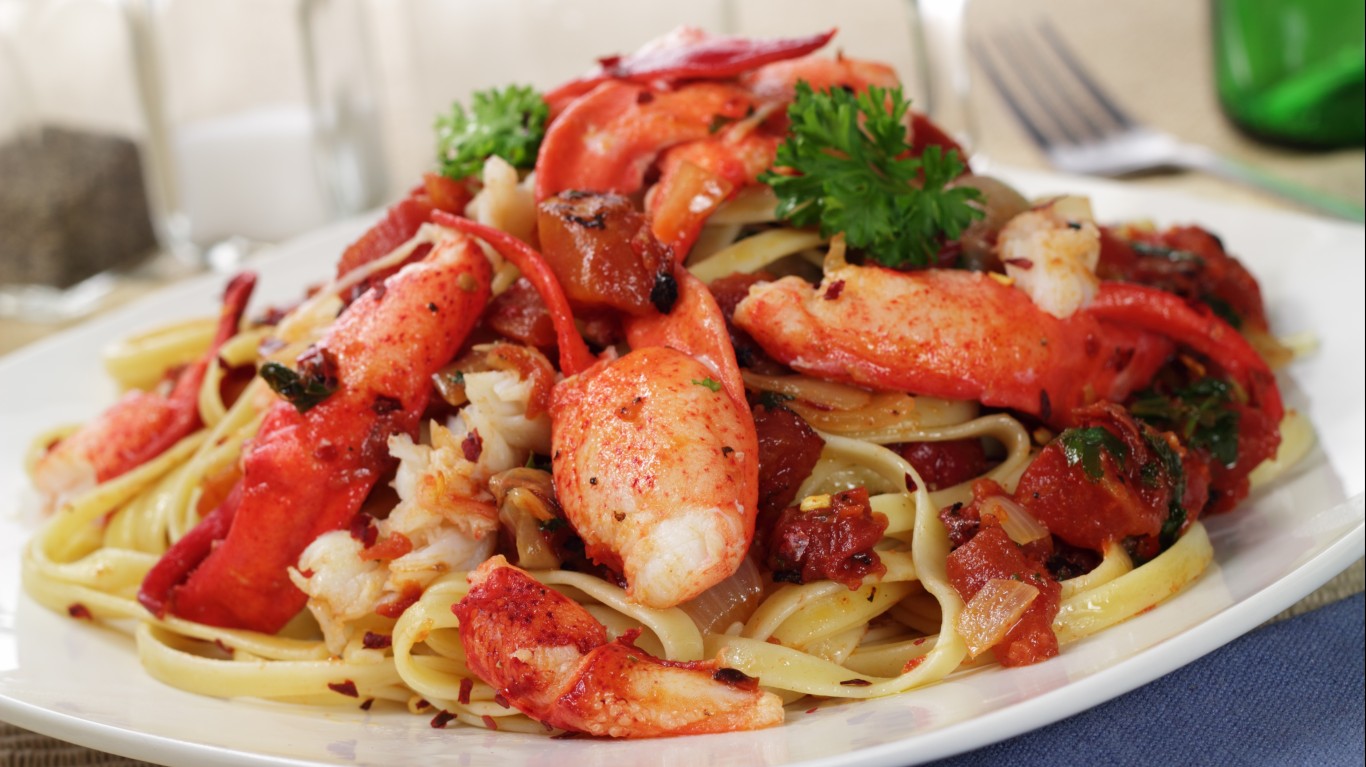
Lobster Fra Diavolo
We know this dish — lobster in a spicy sauce over spaghetti — isn’t originally Italian for two reasons: It’s made with Maine lobster, not the Mediterranean variety found in Italy, and Italians don’t eat pasta as a main course.
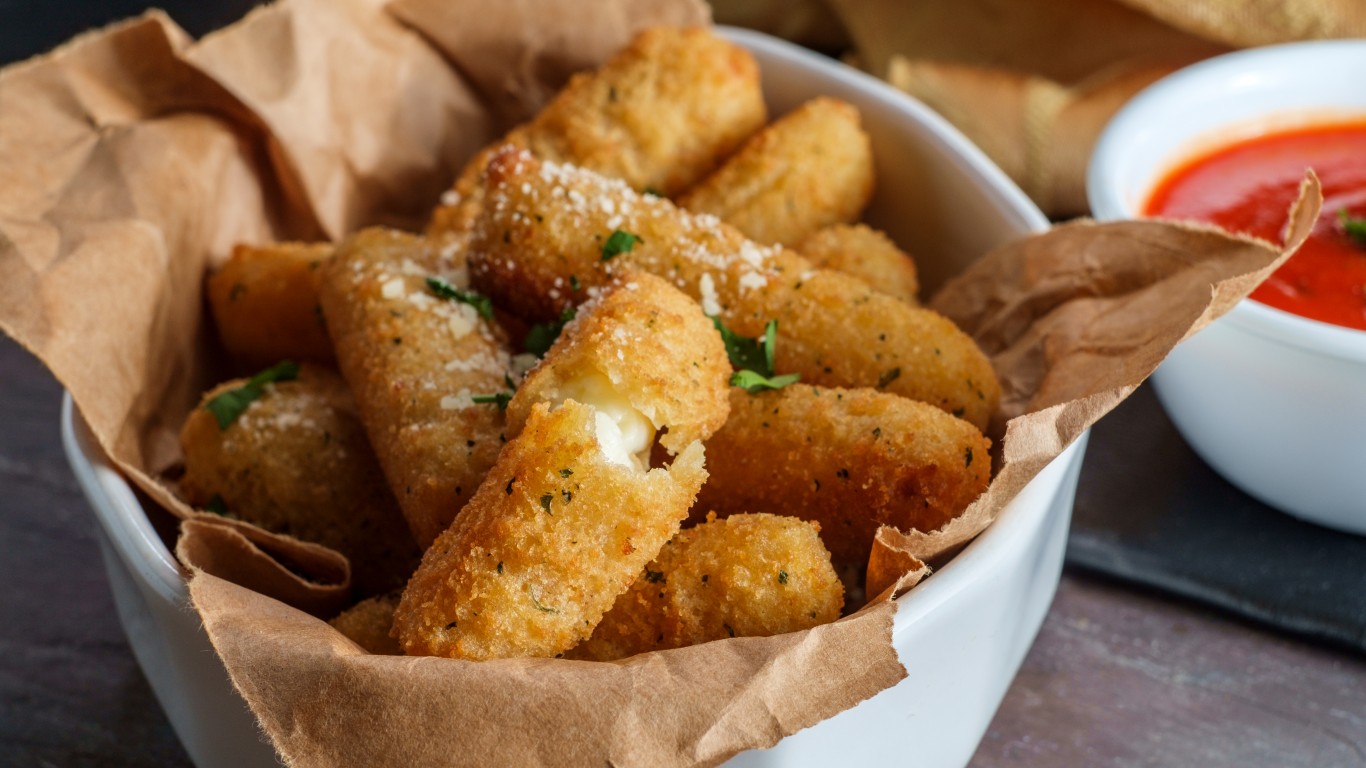
Mozzarella sticks
Mozzarella is one of Italy’s most popular cheeses, but the earliest recipe for breaded and fried “sticks” of cheese dates back to a cookbook published in France (!) in 1393 (!!). The earliest reference anyone has been able to find to mozzarella sticks, however, comes from America in the late 1970s.
[in-text-ad]
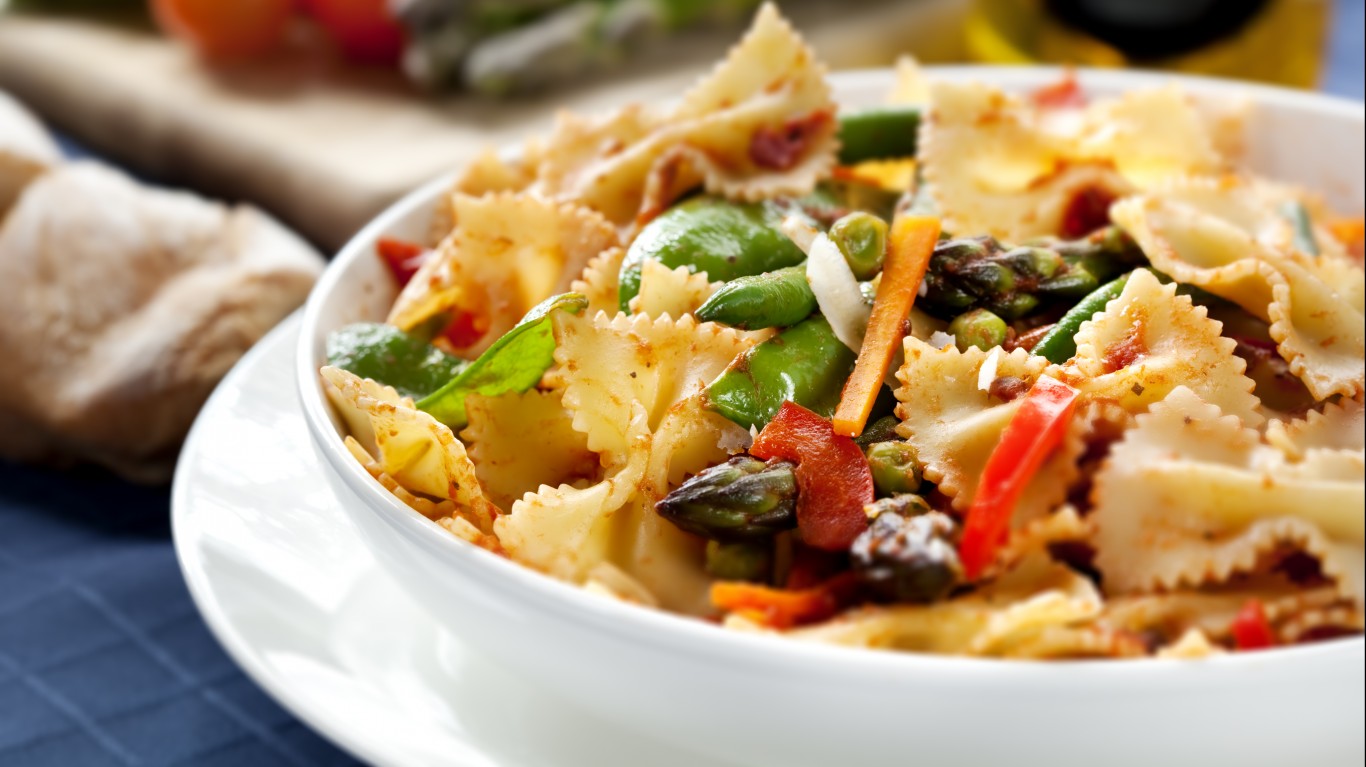
Pasta primavera
What could be more Italian than pasta tossed with an assortment of fresh vegetables? Except that the dish seems to have been developed in the mid-1970s by a French chef at Italian-born restaurateur Sirio Maccioni’s Le Cirque in Manhattan around 1975.
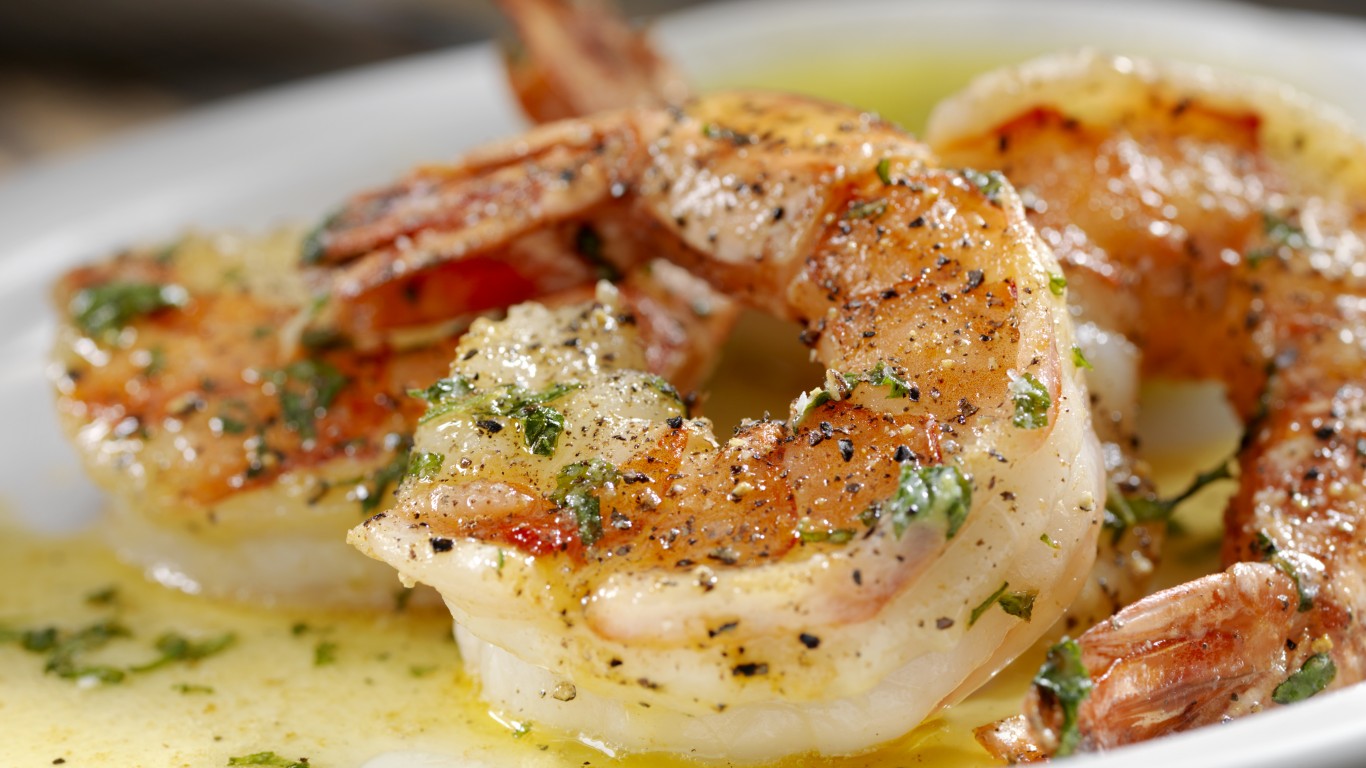
Shrimp scampi
Shrimp are shrimp; scampi are saltwater crayfish, in effect miniature lobsters. Shrimp scampi are shrimp cooked with garlic and olive oil, one way scampi might be prepared in Italy — but the dish first appeared in Italian-American communities in the early 20th century.
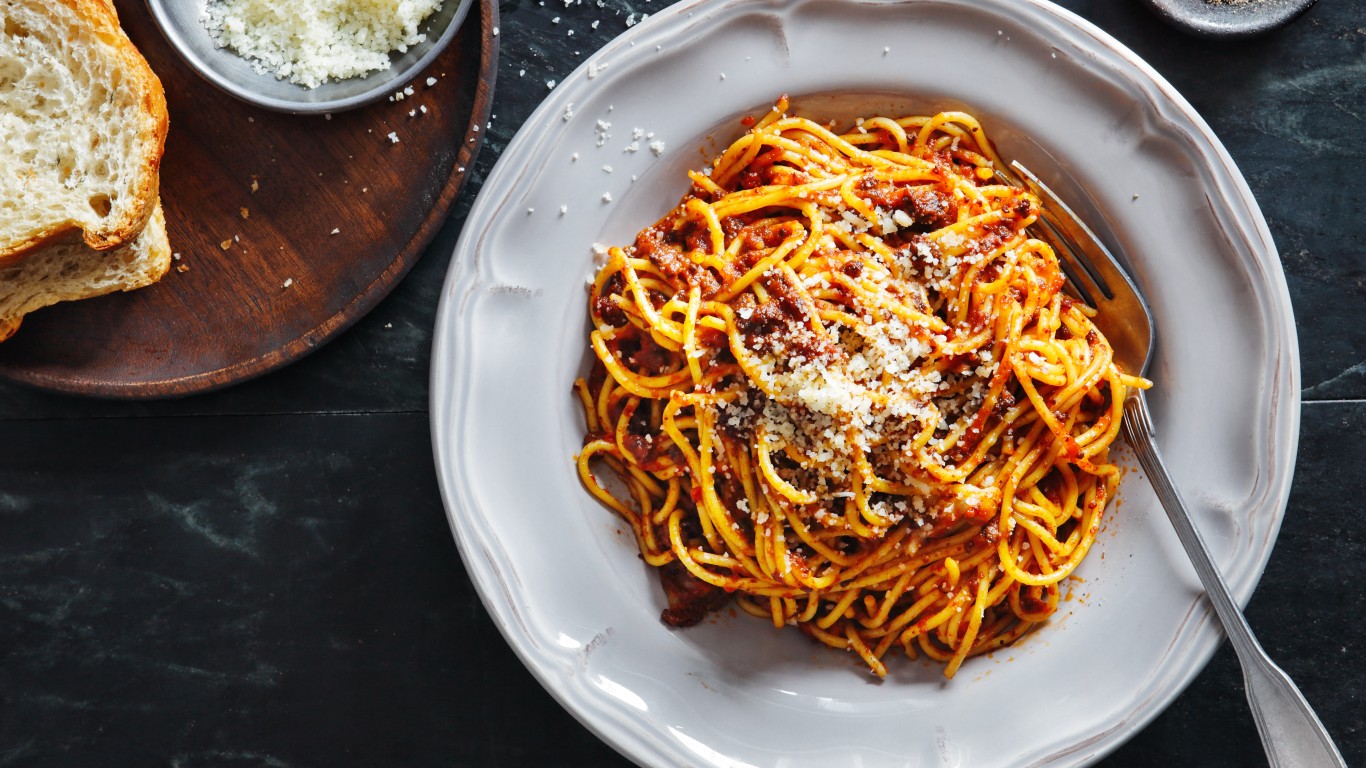
Spaghetti bolognese
Bolognese sauce (from Bologna) is a real Italian sauce, made with ground veal or beef, tomatoes (usually), garlic, and other ingredients, but no Italian would ever eat it with spaghetti. It needs flat noodles, like tagliatelli or fettuccine, they’d tell you, to properly hold the sauce — not skinny little spaghetti, which anyway isn’t a Bolognese form of pasta.
[in-text-ad-2]
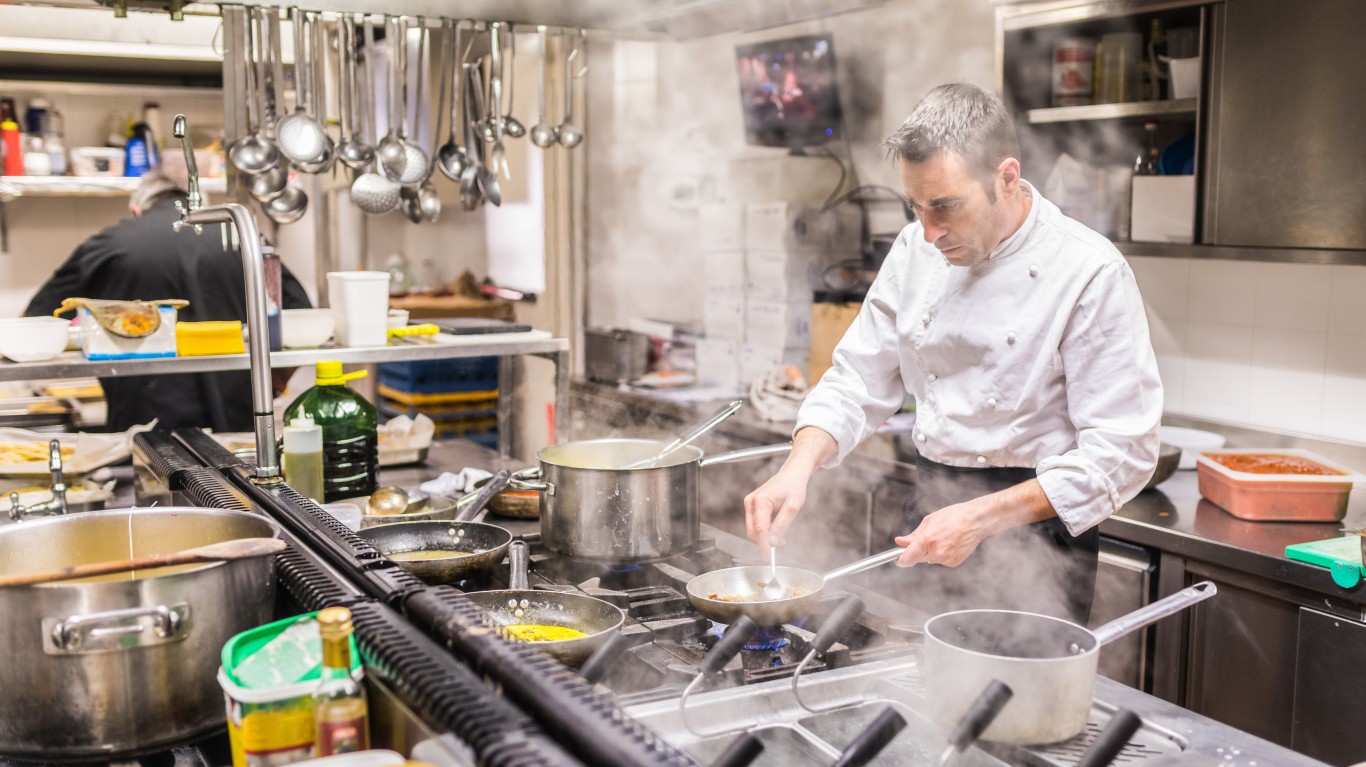
Steak Sinatra
Steak in general doesn’t figure largely on menus in most parts of Italy (Tuscany is an exception), but this dish of pan-seared beef in a wine sauce with mushrooms and bell peppers became an Italian-American staple. It was invented for Frank Sinatra at one of his favorite restaurants, Patsy D’Amore’s Villa Capri in Hollywood, in the 1950s.
It’s Your Money, Your Future—Own It (sponsor)
Are you ahead, or behind on retirement? For families with more than $500,000 saved for retirement, finding a financial advisor who puts your interest first can be the difference, and today it’s easier than ever. SmartAsset’s free tool matches you with up to three fiduciary financial advisors who serve your area in minutes. Each advisor has been carefully vetted and must act in your best interests. Start your search now.
If you’ve saved and built a substantial nest egg for you and your family, don’t delay; get started right here and help your retirement dreams become a retirement reality.
Thank you for reading! Have some feedback for us?
Contact the 24/7 Wall St. editorial team.
 24/7 Wall St.
24/7 Wall St. 24/7 Wall St.
24/7 Wall St.

